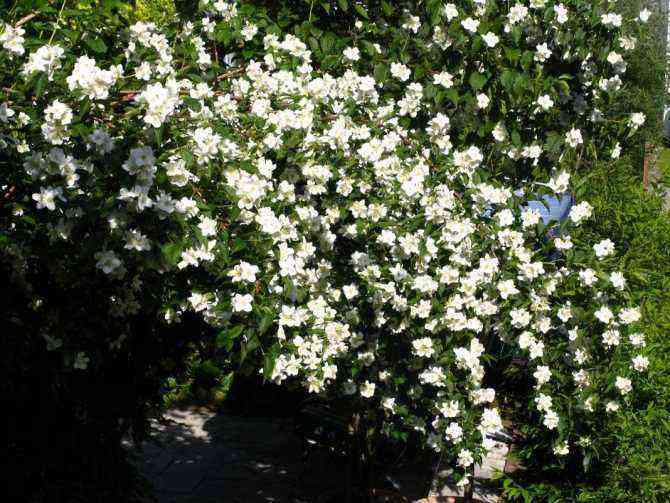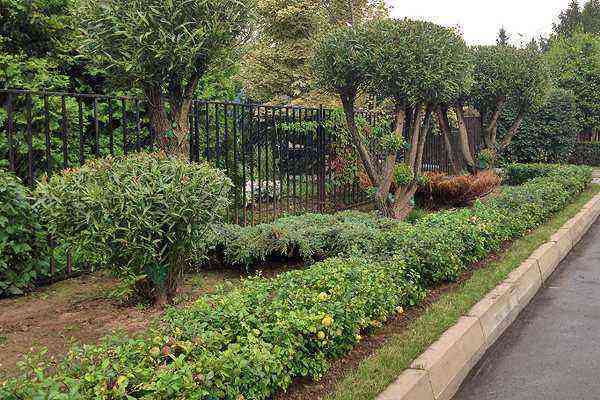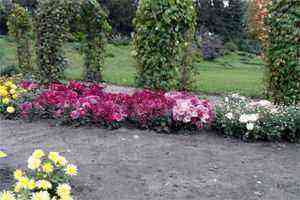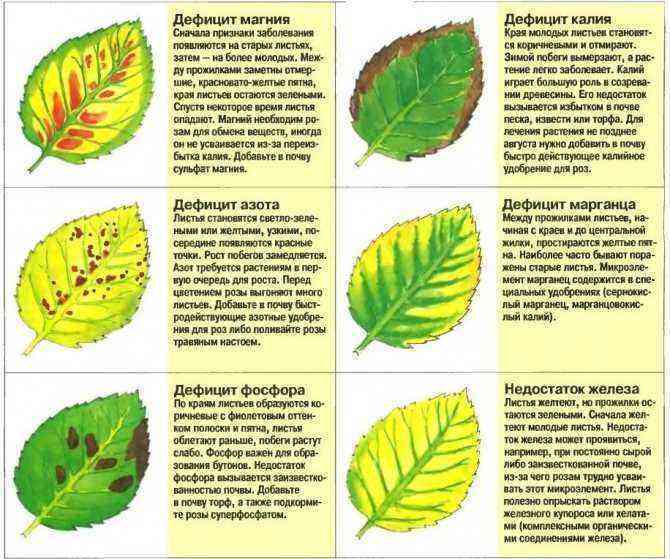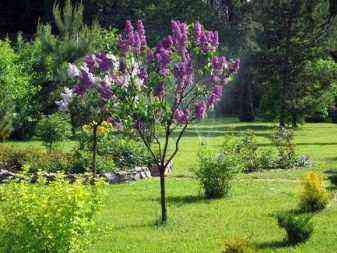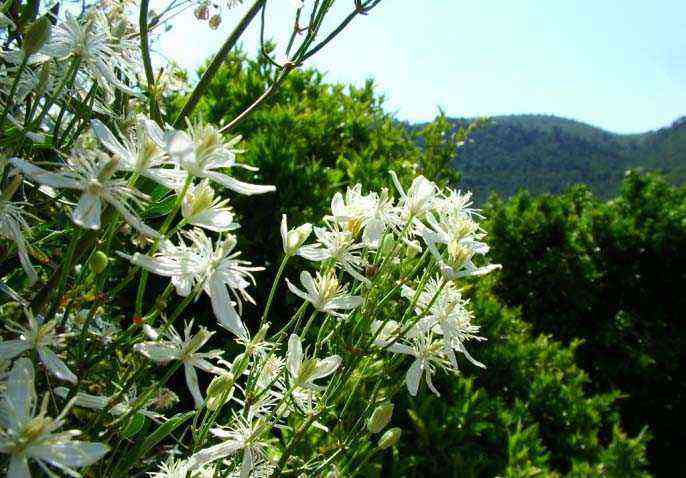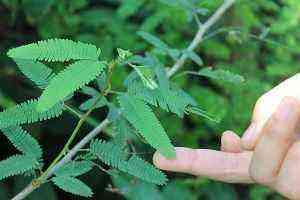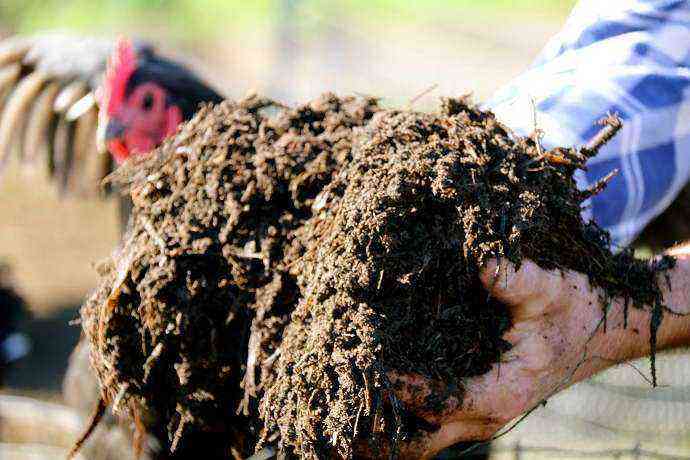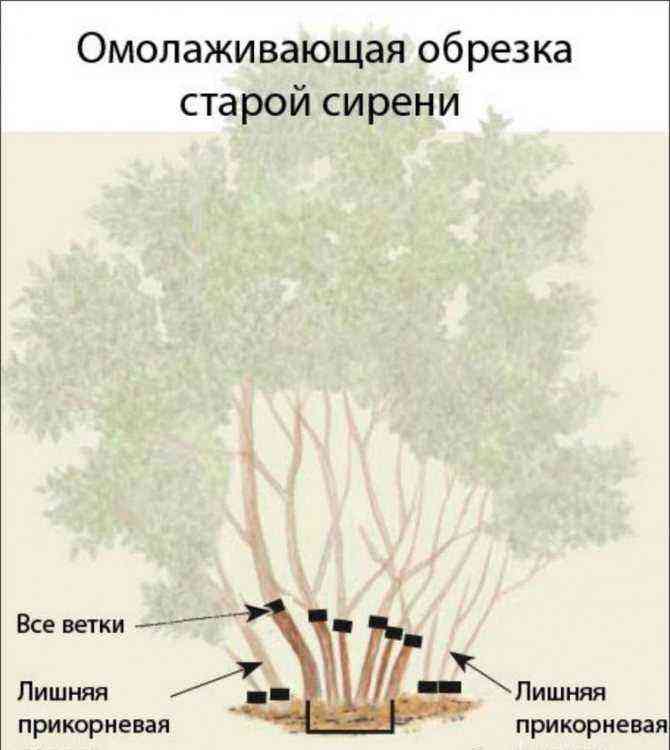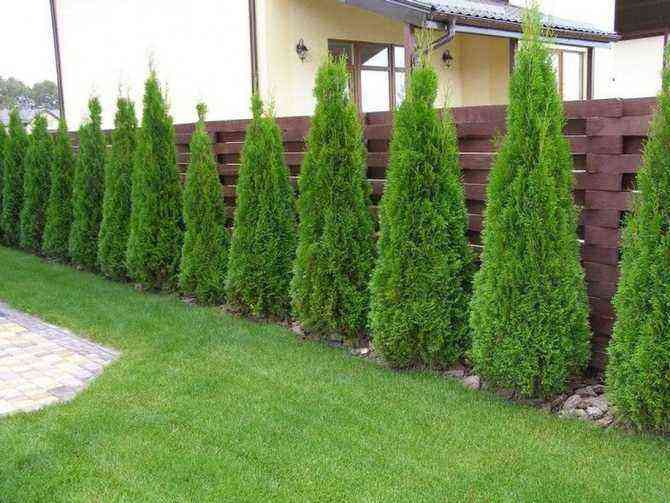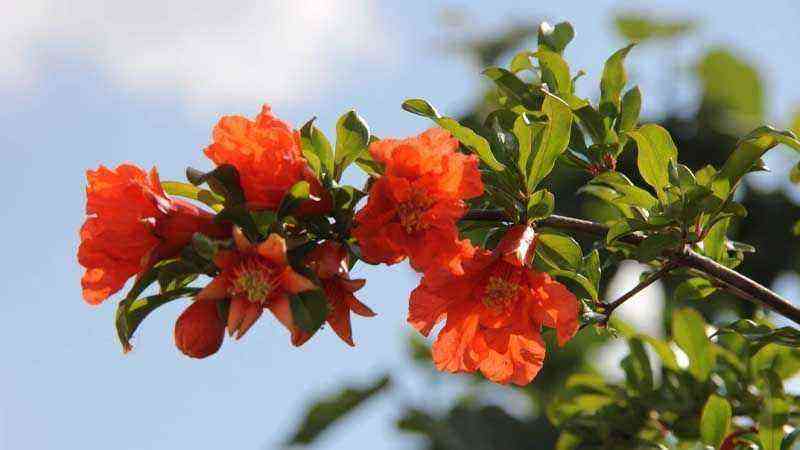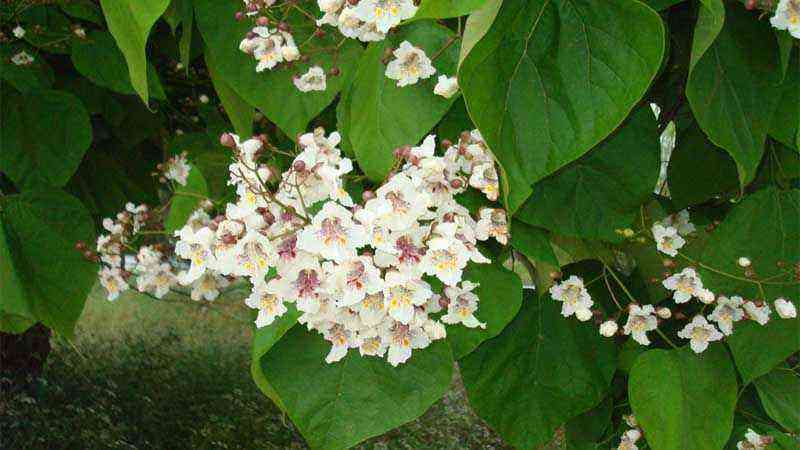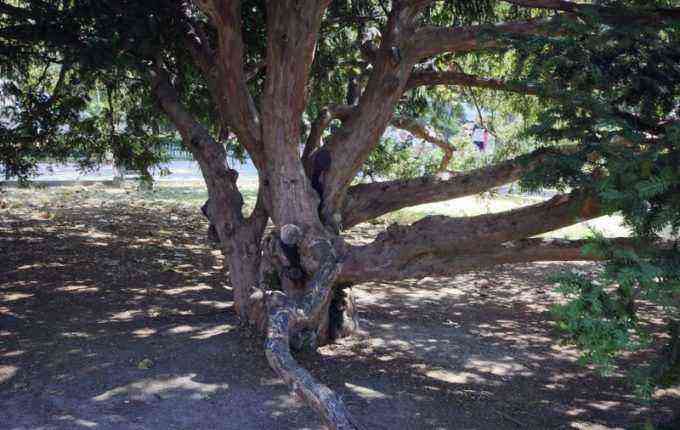As the title says, we have to talk about a cypress, the cupressocyparis leylandii. It is a natural hybrid of a cross between Cupressus macrocarpa y Chamaecyparis nootkatensis. It is ideal for many uses ranging from screens against the wind to arranging it only in the garden, growing to heights of 20 meters. If you are curious, we will discuss the way it is grown.
Cypress characteristics cupressocyparis leylandii
If we had to tell in one sentence why the interest in the Leyland cypress is due (it is one of the most used hedge conifers in Spain) we would say that it has a successful mix between fast growth (it usually grows about 50 centimeters per year or more ) and good resistance to diseases. Above all, many people are interested in making a country house, a chalet or any house of this type and plant them next to the fence, so that they form a visual wall and people do not go gossiping when you bathe in your pool. In fact, when you put in Google cupressocyparis leylandii, Most of the searches pertain to nurseries and online plant sales.
Well, taking this into account, for our part we are going to balance the content and give the option of trying to show how it is cultivated for those who make the purchase of the cypress and ask themselves the question And now how do I take care of it? Relax! We will help you 😉

cupressocyparis leylandii covered in snow
Author: Berean Hunter
Climate and soil, 2 great determining factors
Here we have an all-rounder in terms of resistance to environmental conditions. It withstands urban pollution (environmental pollution), salty climates near the sea, intense cold, shady conditions or full sun conditions, etc. That in terms of climate, but also, in terms of soil, it has no problem growing in any type of soil. It is resistant, rustic and adaptable to many conditions, both climate and soil.
Irrigation and fertilizer needs
The Leyland cypress has moderate irrigation needs, that is, very similar to those of the rest of its species. It does not have great problems with regard to the frequency of irrigation and its adaptation to it. Normally keeping the humidity constant in the soil is enough.
Regarding the subscriber, it is enough to make applications of organic matter (homemade compost or manure) both in spring (when more growth and more activity has) and in autumn (at the end of winter, so that it gains strength).
The multiplication of the Leyland cypress
It can be multiplied by cuttings, although it has its difficulty. Since it is a very common conifer that we can find in most nurseries at a good price (it will depend mainly on the size of the specimen), we do not advise heating the head with its multiplication. Of course, keep a few things in mind before buy plants.
Its resistance to pests and diseases
In general, the cupressocyparis leylandii It is quite resistant to any pathology of this type, but that does not mean that it can ever be affected by the typical plague of conifers, the mealybug.
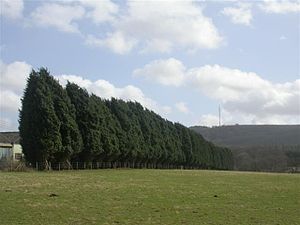
cupressocyparis leylandii as cortavientos
Author: Ben Gamble
Pruning
Normally, being a cypress tree dedicated to being part of a screen against the wind, hedges to separate two areas next to fences, etc., it requires a great adaptation to pruning. This is the case of this conifer, since it has no problem receiving pruning of any kind. In addition, it has easy regrowth on old wood, in case it loses foliage density or you have gone through pruning.
One last curiosity about him cupressocyparis leylandii
This cypress has been so widely used practically all over the world and grows so fast that it has come to have “legal problems”. We tell you. It turns out that it creates so much shadow when cultivated in series that in the United Kingdom there have been problems because some aggressors took advantage of this situation to work with impunity. In fact there has been the case of at least 1 murder, due to a dispute over the Layland cypress.
In 2005 the Anti-Social Behavior Law 2003 for people affected by tall conifers, and to try to control and define a regulatory height and shade. In 2008, Christine Wright won a legal battle against her neighbor, who was forced to reduce the shade that she provided to her garden.
Seeing is believing…
